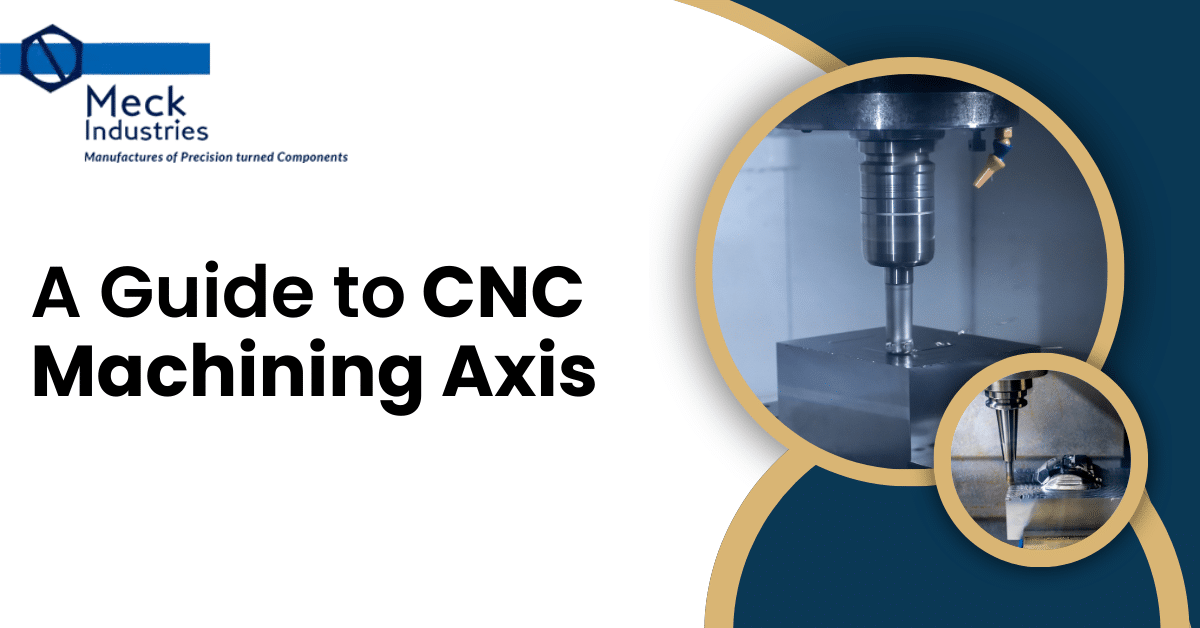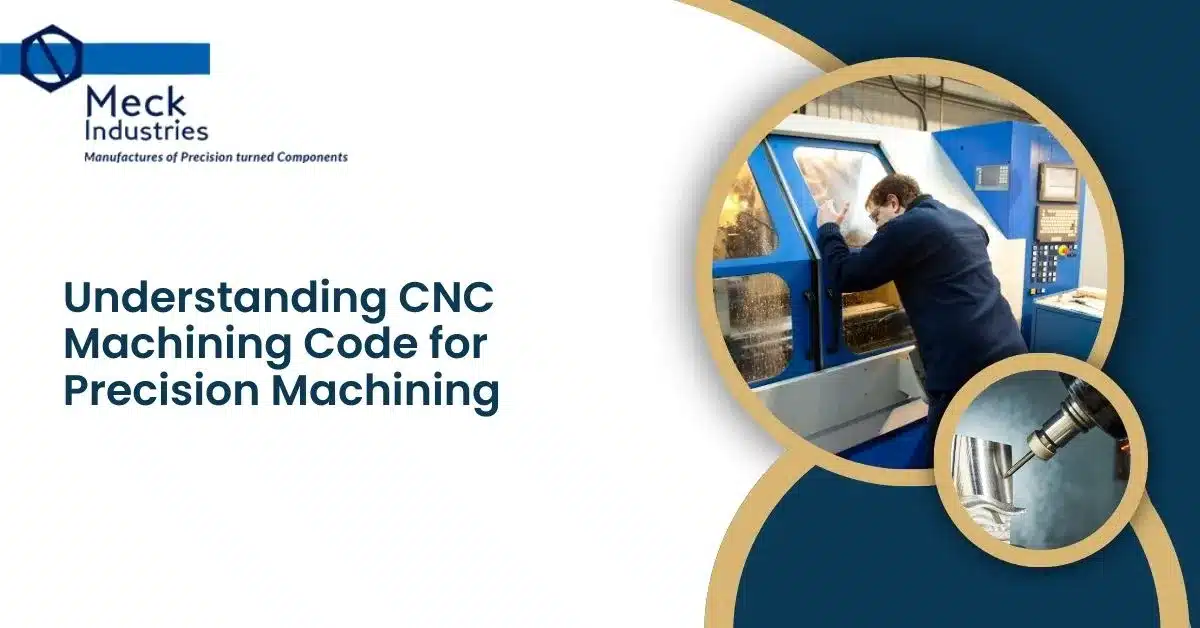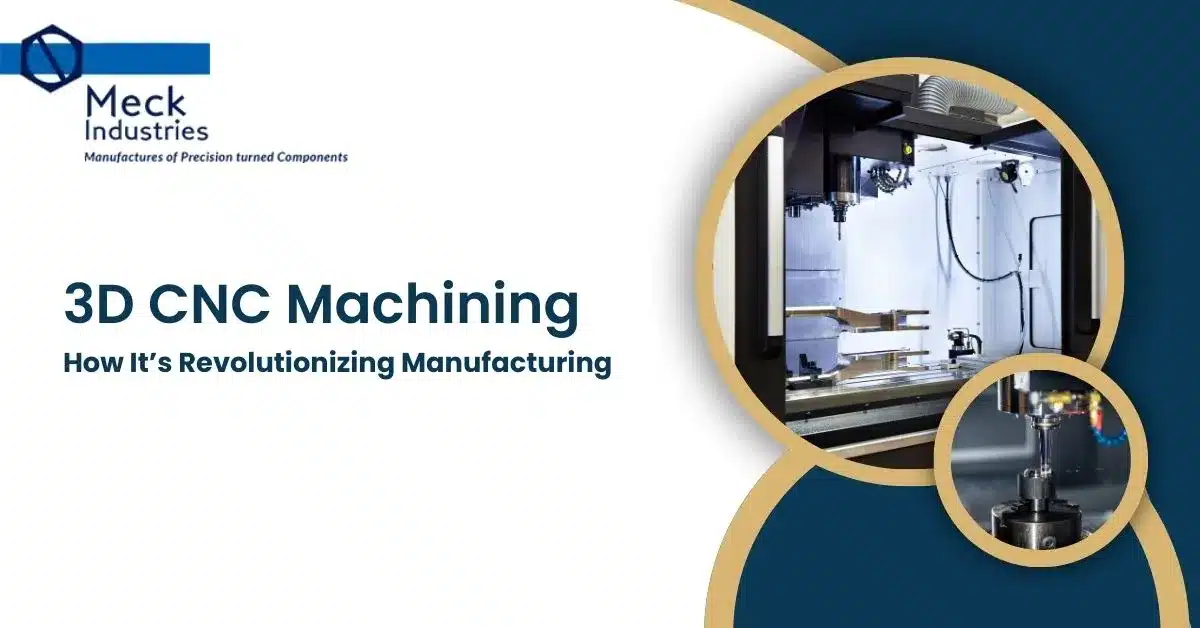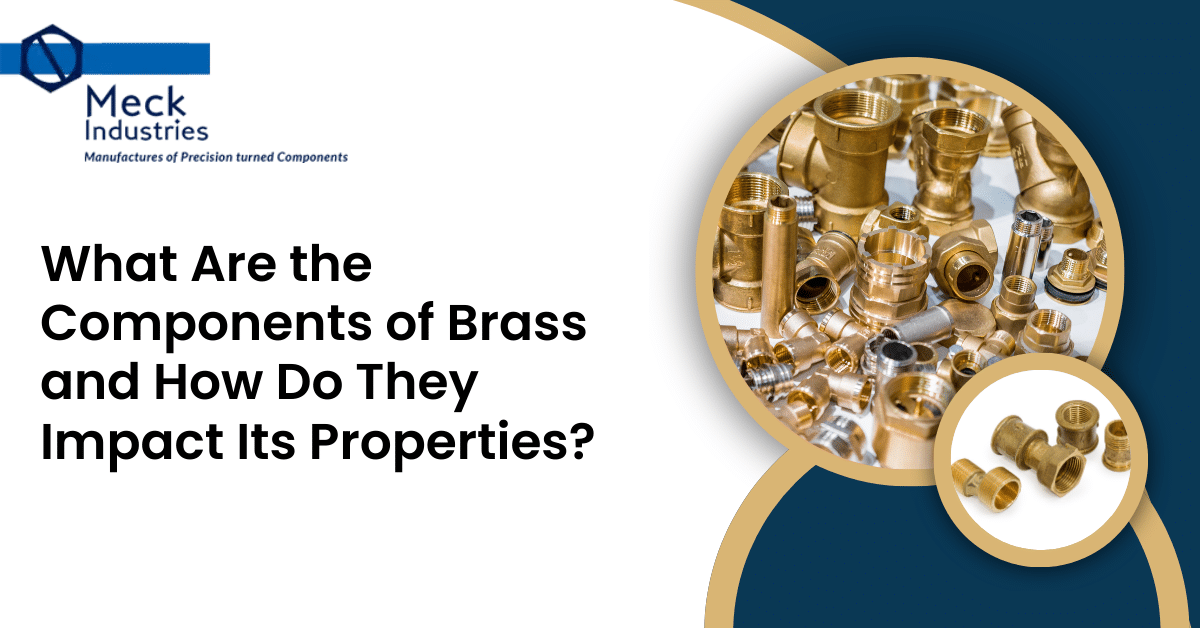
In Modern Manufacturing, CNC (Computer Numerical Control) Machines are essential for efficiently producing complex and precise components. A Critical Element of CNC Machining is its Axis Configuration, which directly affects the machine’s Capabilities, Complexity, and Applications. From simple 3 Axis Setups to Advanced 8 Axis Configurations, each setup offers unique capabilities suited to different manufacturing needs. This Guide will explore the basics of CNC Machining Axis, Available Configurations, and How to Select the Right One for Optimal Precision and Productivity.
Understanding CNC Machining Axis Basics
At the core of CNC Machining are the axes, which control the movement of tools and workpieces to achieve precision in cutting, milling, and shaping. Each axis corresponds to a specific directional movement:
X-Axis: Horizontal Movement (Left and Right).
Y-Axis: Vertical Movement (Front and Back).
Z-Axis: Depth Movement (Up and Down).
These primary axes provide the foundation for more complex configurations, where additional rotational and translational axes allow for machining parts with intricate geometries and tight tolerances.
Types of CNC Machining Axis Configurations
3 Axis CNC Machines
The 3 Axis CNC Machine is the most basic configuration, moving along the X, Y, and Z Axes. It’s commonly used for simpler, flat parts and basic drilling and milling. While it’s ideal for low-complexity work, it may require multiple setups to complete parts with complex geometries.
4 Axis CNC Machines
A 4 Axis CNC Machine adds a Rotational Axis, typically the A Axis (Rotation around the X Axis), enabling it to perform angular cuts and create more detailed parts. This configuration is often used in woodwork, sculpting, and machining parts with features on multiple faces.
5 Axis CNC Machines
The 5 Axis CNC Machine adds two Rotational Axes (A and B), allowing for even greater flexibility. With the ability to position and machine from nearly any angle, 5 Axis Machines are invaluable in aerospace, automotive, and medical manufacturing, where precision and complexity are essential.
6 Axis CNC Machines
A 6 Axis CNC Machine provides additional movement along the C Axis (rotation around the Z Axis). This extra flexibility reduces setup times, allowing for continuous, multi-directional machining in a single setup. It’s popular in high-precision industries requiring intricate component details and minimal human intervention.
8 Axis CNC Machines
8 Axis CNC Machines are among the most complex and powerful configurations, incorporating all primary and rotational axes with additional movement capabilities. This setup is used in advanced applications, such as turbine manufacturing, where parts require detailed, multi-surface machining without repositioning.
Looking to Elevate your Precision Manufacturing? Contact Meck Industries today to learn how our advanced CNC machining solutions can meet your exact needs.
Benefits of Multi-Axis CNC Machining
Improved Precision and Accuracy: Multi-axis configurations allow for intricate movements, minimizing the need for manual repositioning, which can introduce errors.
Higher Efficiency: Multi-axis machines can operate continuously on multiple faces of a part in a single setup, reducing machining time and increasing output.
Complex Geometries: With added rotational axes, multi-axis machines can create complex shapes that are impossible with simpler configurations.
Reduced Setup and Tooling Time: Fewer repositioning needs save time and labor costs, allowing for faster production without compromising quality.
Choosing the Right Axis Configuration for Your Needs
Selecting the right axis configuration depends on factors like the complexity of parts, production volume, and budget. A 3 Axis setup may suffice for basic tasks, while industries requiring intricate parts, such as those Meck Industries serves—often benefit from 5 Axis or 6 Axis options. Consider factors such as part complexity, material, and design to choose a configuration that aligns with your production needs.
How Meck Industries Can Help in Precision CNC Machining
At Meck Industries, we specialize in delivering high-quality precision CNC machining solutions tailored to meet the most demanding industry standards. Leveraging advanced multi-axis CNC machines, we can produce complex components with tight tolerances and flawless accuracy, ideal for industries such as aerospace, automotive, and medical manufacturing. Our team combines technical expertise with state-of-the-art technology to offer a range of services, from prototyping to full-scale production. By focusing on quality, efficiency, and customization, Meck Industries ensures every component meets exact specifications, helping you achieve reliable and cost-effective manufacturing. Partner with us for precision CNC solutions that elevate your production capabilities.
Need Precision-Engineered Components? Meck Industries has the expertise and technology to bring your complex designs to life with accuracy and efficiency. Contact Us Today!
Frequently Asked Questions
What is the Difference Between 3 Axis and 5 Axis CNC Machines?
3 Axis Machines operate along X, Y, and Z Directions, while 5 Axis Machines add two rotational axes, allowing for complex, multi-angle machining.
How does a Multi-Axis CNC Machine improve Productivity?
Multi-axis machines reduce the need for multiple setups, enabling continuous, efficient machining, especially for intricate parts.
What Industries Benefit Most from 5 Axis and 6 Axis CNC Machining?
Aerospace, automotive, medical, and electronics industries rely heavily on multi-axis CNC machining for producing high-precision, complex components.
Conclusion
CNC Machining Axis Configurations are integral to achieving efficiency, precision, and versatility in manufacturing. From Simpler 3 Axis to Complex 8 Axis Setups, each configuration offers unique advantages. By understanding these configurations, companies like Meck Industries help clients enhance production quality and efficiency, staying competitive in an evolving landscape of manufacturing innovation.



